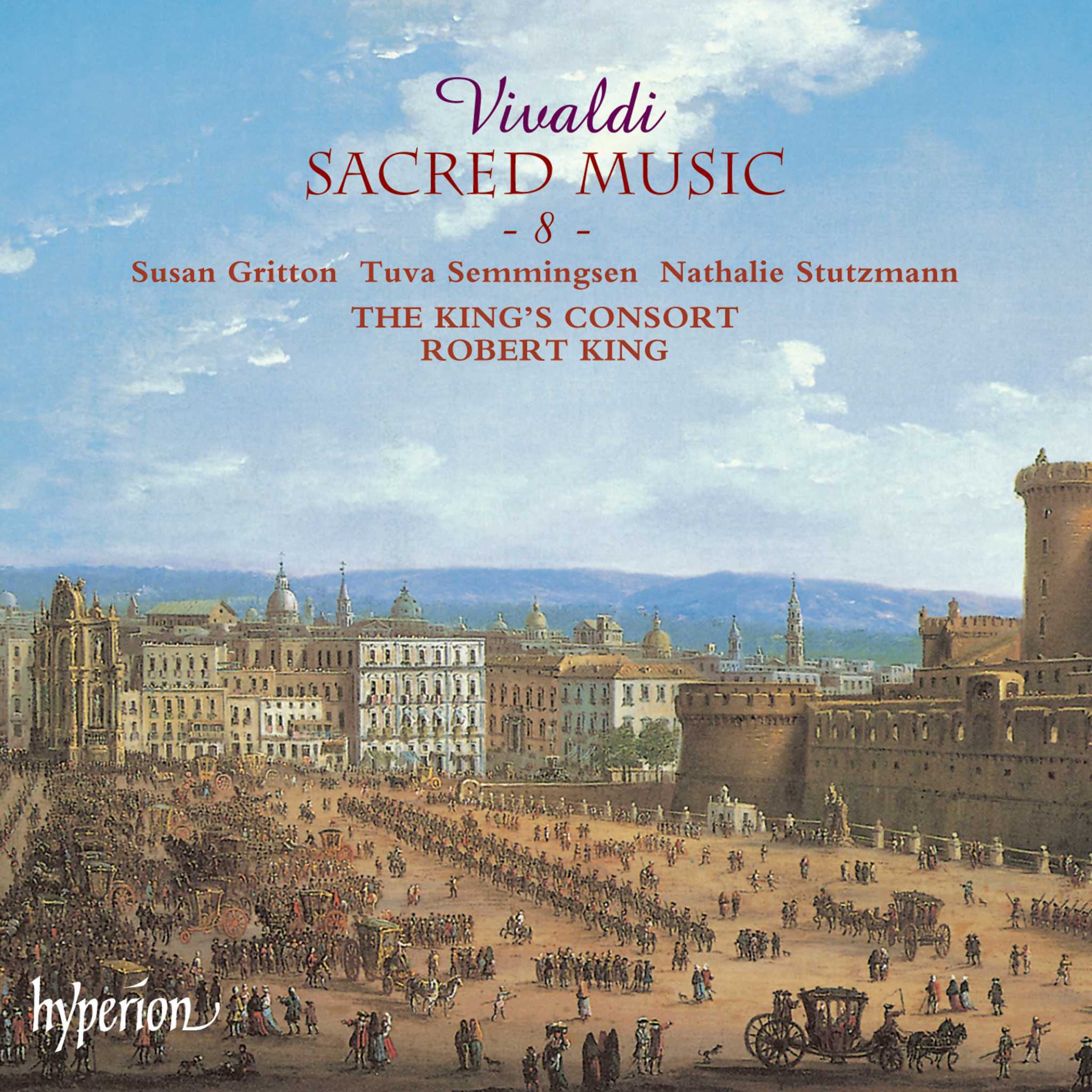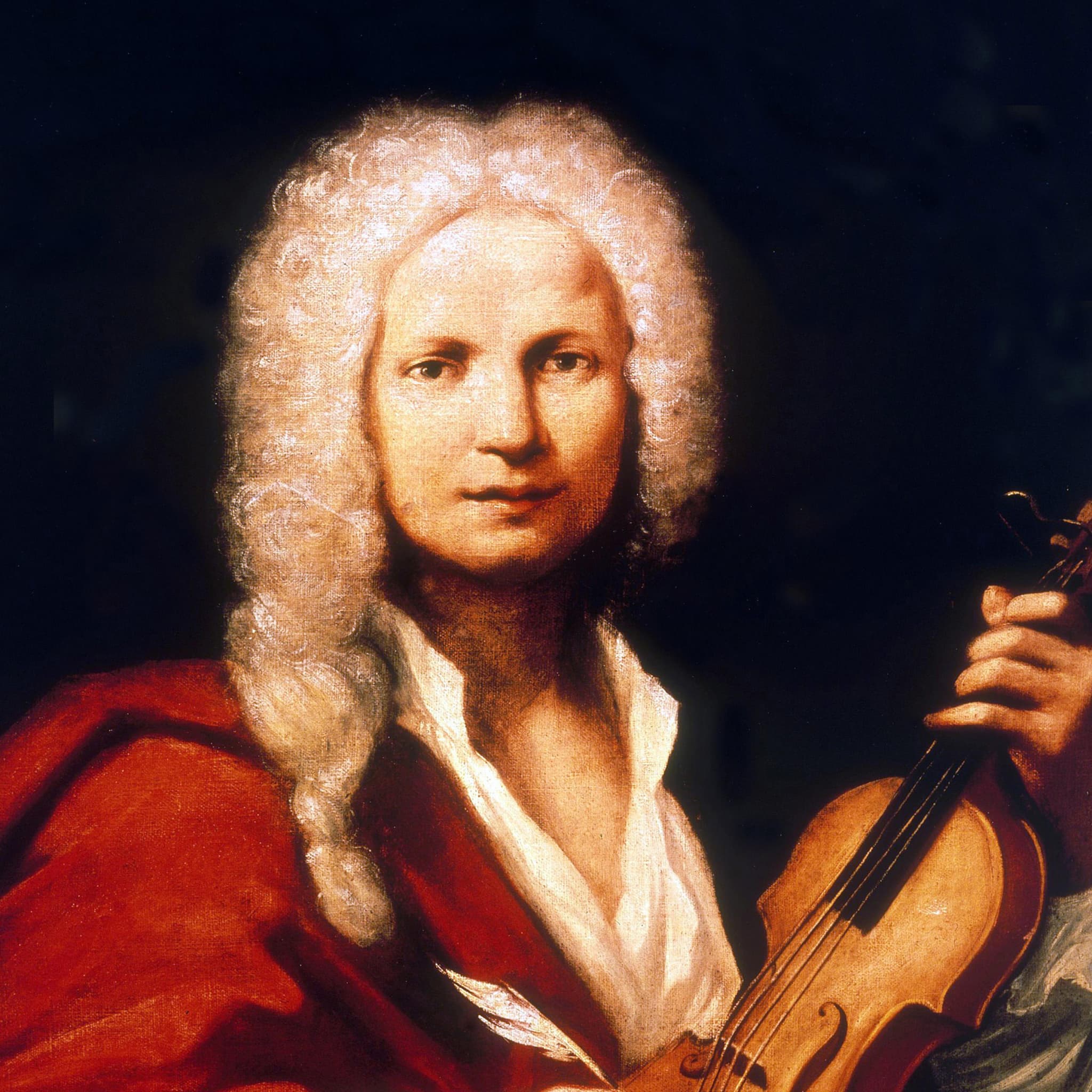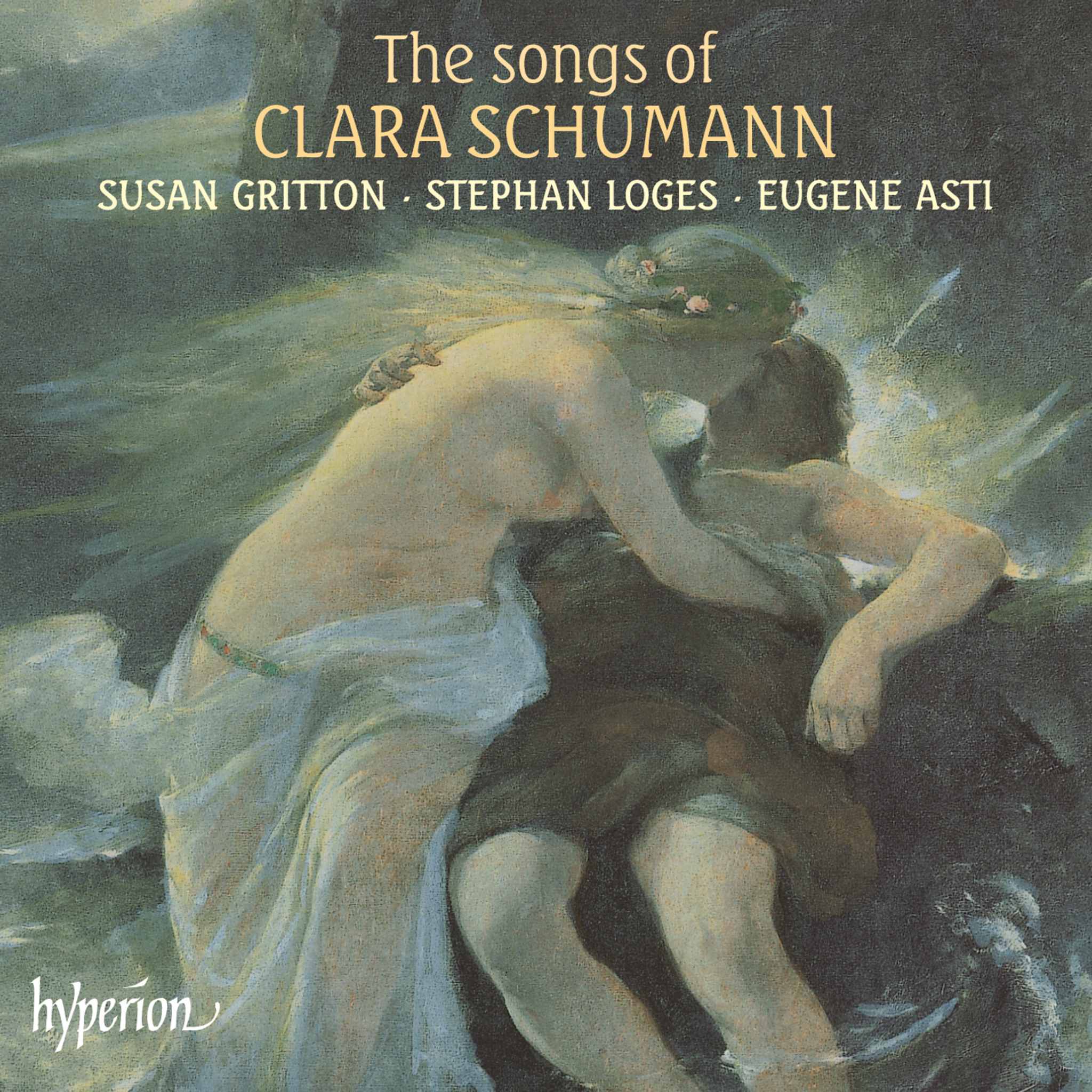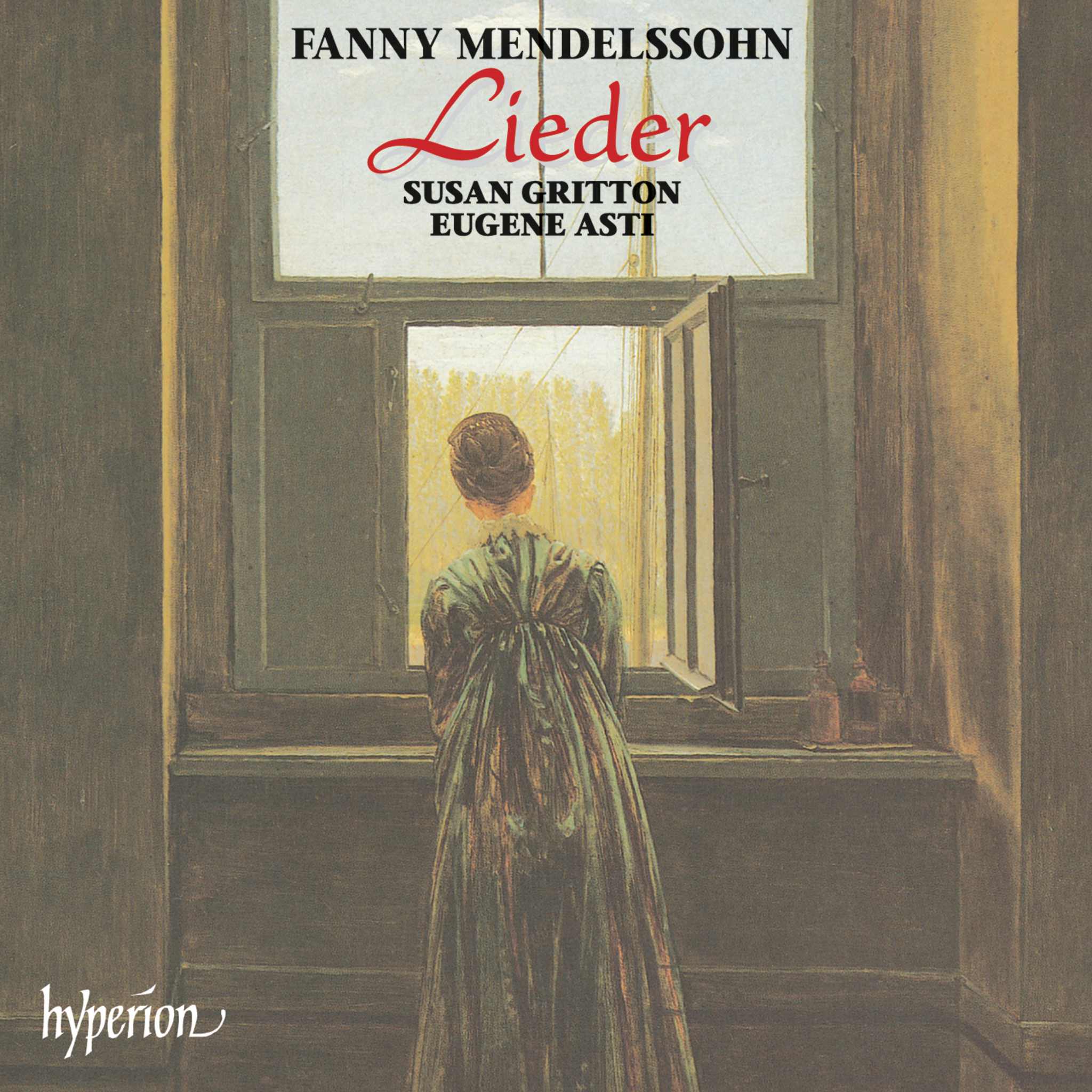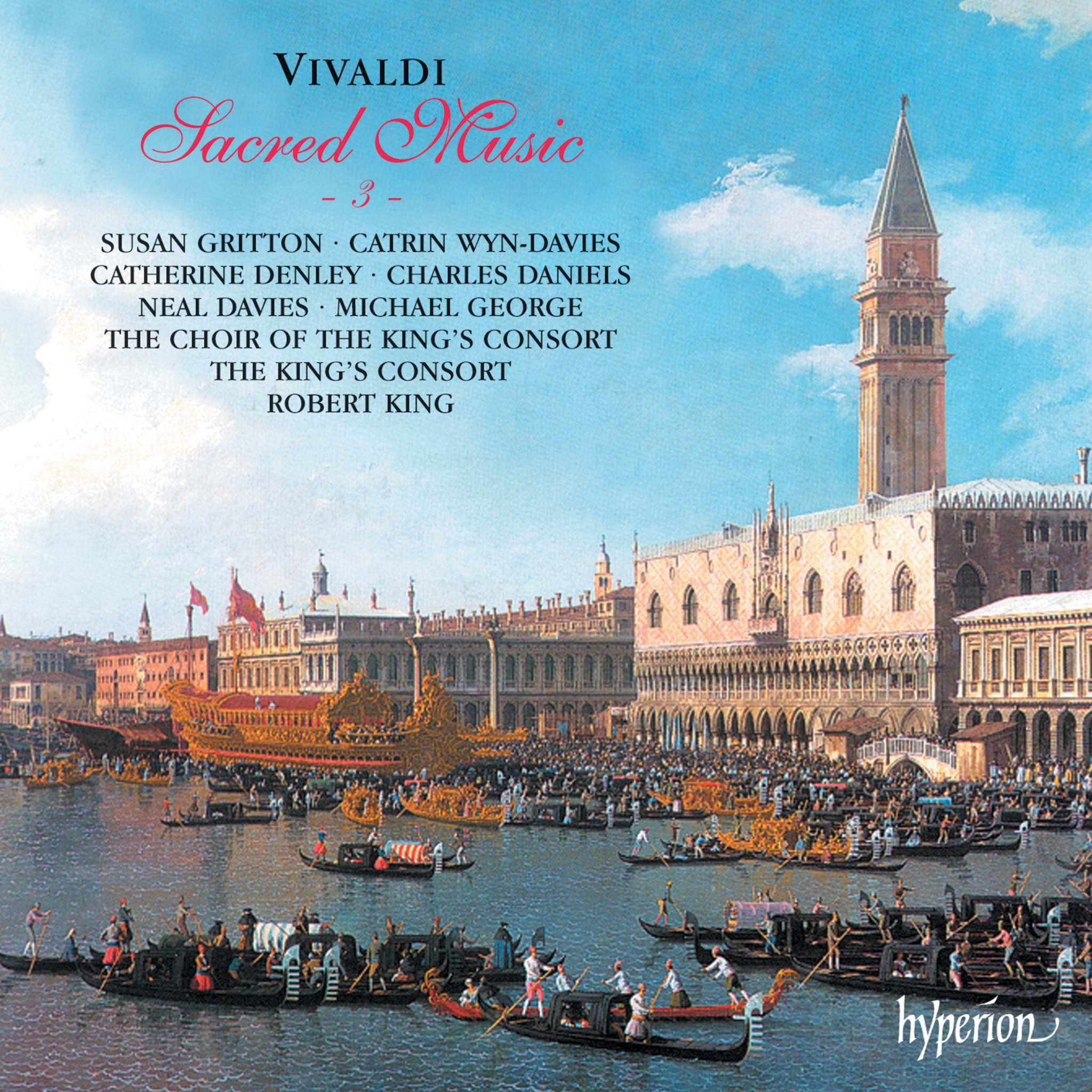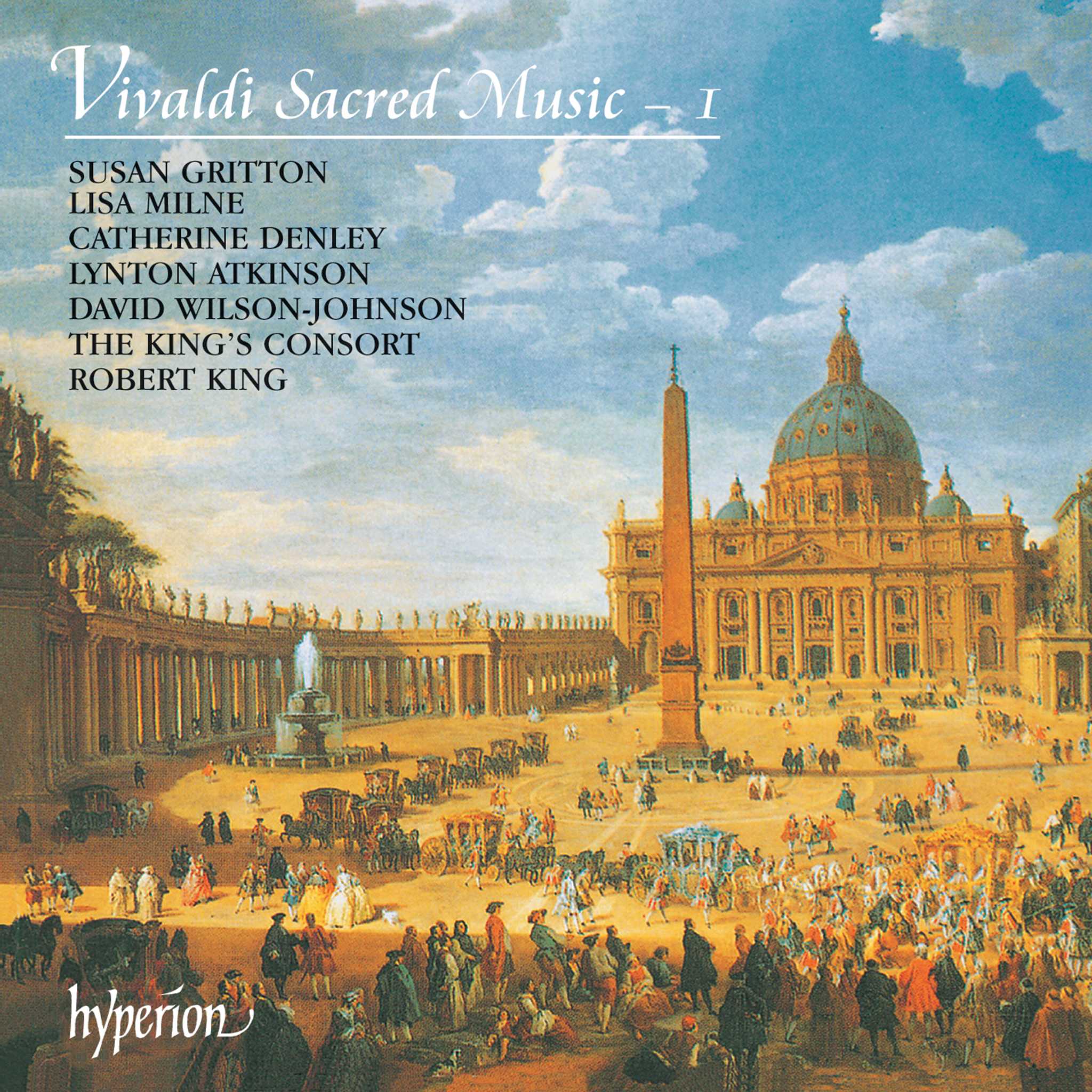Album insights
Giovanni Pierluigi da Palestrina, born around 1525 or 1526 in Palestrina near Rome, worked as maestro di cappella in his hometown cathedral before being appointed Kapellmeister of the Cappella Giulia in St. Peter's Basilica by Pope Julius III after being called to Rome. He faced dismissal by Pope Paul VI from the Sistine Chapel due to being a married man but later returned as Kapellmeister to the Julian Chapel, where he passed away in 1594.
Known as the grand master of polyphonic style, Palestrina's compositions during his lifetime were esteemed and widely published. His portfolio included over 104 certain Masses, 375+ motets, 68 Offertories, at least 65 hymns, 35 Magnificat settings, and more. Notable figures like Guglielmo Gonzaga and various foreign rulers received his dedicated works, a trend that continued during his later life with an increasing focus on the reigning popes.
Two of his motets, "O rex gloriae" and "Viri Galilaei," center on the Ascension of Christ. They boast joyous celebratory tones, harmonious melodies, and strategic use of polyphony contrasting with moments of homophony for emphasis and variety. The upbeat mood transitions to dramatic segments symbolizing Christ's departure before culminating in triumphant alleluias.
The composition "Viri Galilaei," in six parts, showcases Palestrina's skillful arrangements of voices, strategic shifts between homophony and polyphony, and dynamic variations that build tension and release effectively. Published together in 1601 under "Missarum liber duodecimus," these works demonstrate Palestrina's meticulous reworkings of his original motets, incorporating elements of intense homophony and meticulous interweaving of themes to create striking contrasts and moving musical sequences.
Palestrina's works encapsulate a delicate balance between homophonic and contrapuntal elements, masterfully infused into Mass settings such as "Missa O rex gloriae." The inclusion of specific motifs and echoes from his motets throughout the Mass showcases Palestrina's innovative approach, emphasizing thematic continuity and musical cohesion. The blend of cascading figures and melodic variations contributes to the overall brilliance of his musical output.
Through careful analysis, it becomes evident how Palestrina's compositions, specifically his Mass settings inspired by motets, reflect a nuanced interplay of homophonic and contrapuntal techniques. Their structural innovation and emotional depth are more fully appreciated when considering the intricacies of his musical language and the dynamic interplay between voices, creating a rich tapestry of harmonic expressions and thematic development.
Undoubtedly, these renditions serve as a poignant reminder of Palestrina's vast musical legacy, shedding light on lesser-known facets of his oeuvre and highlighting the need for wider exploration and appreciation of his contributions to music history.

